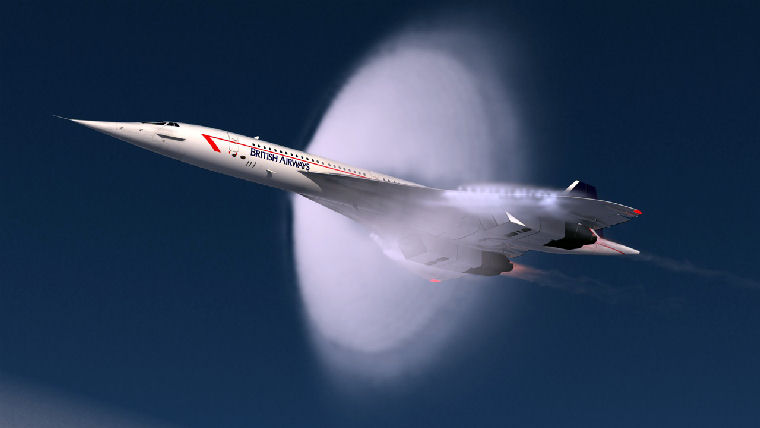87.WHAT IS THE SOUND BARRIER?
Have you ever heard a loud sound like an explosion when a fast airplane was flying overhead? This sound is produced by a plane as it passes the sound barrier. Now what is this sound barrier and why does the plane produce this Boom?
Sound, as you know, travels at a certain speed. The speed depends on the altitude. At sea level, the speed of sound is about 760 miles (1,220 kilometers) per hour, and at a height of 11,000 meters, it’s 660 miles (1,060 kilometers per hour. When a plane flies at speeds close to the speed of sound, it undergoes certain kinds of stress. When it is flying at ordinary (slower) speeds, the forward part of the plane sends out a pressure wave. This wave travels at the speed of sound.
The pressure wave is produced by the buildup of particles of air as the plane goes forward. The wave moves faster than the plane itself when the plane is flying at ordinary speeds. And the result seems to make the air move smoothly over the wing surfaces of the airplane.
Now let’s take a plane that is flying at the speed of sound. The pressure wave ahead of the plane is not formed. Instead, what happens is that the pressure wave builds up in front of the wing Since the plane and the pressure wave are going forward at the same speedy.
What happens now is that a shock wave occurs, and this causes greater stresses in the wing of the plane. In fact, the expression “sound barrier” was developed in the days before planes could fly at the speed of sound—and the phrase was supposed to describe the stresses that a plane would undergo at that speed. It was thought of as a “barrier.”
But it seems that the speed of sound is not a barrier at all! Engineers and designers of planes have overcome the problems of the new stresses. And all we have left today from the old concept is the BOOM caused by the shock wave when a plane travels faster than sound.



Leave a Reply